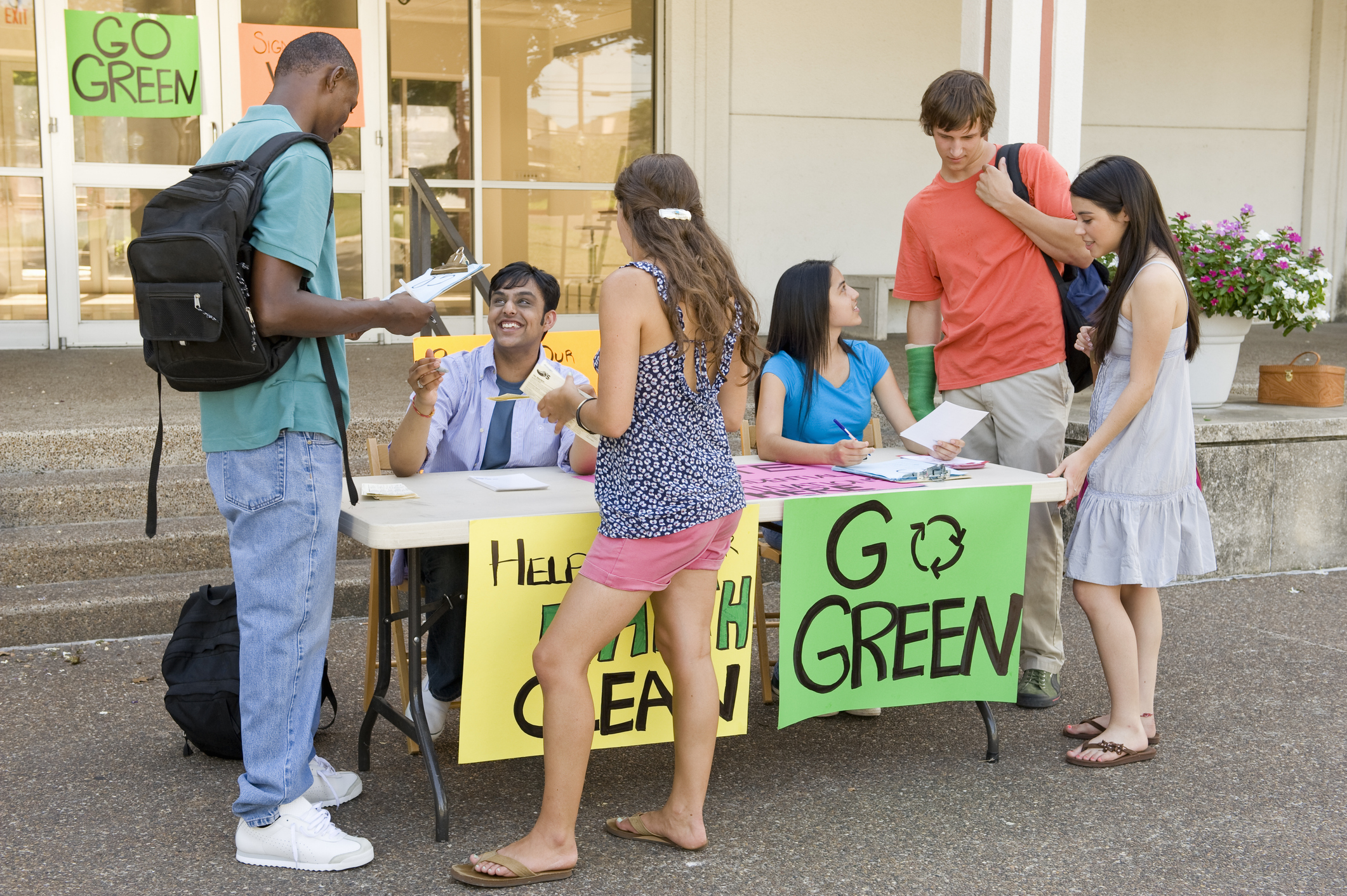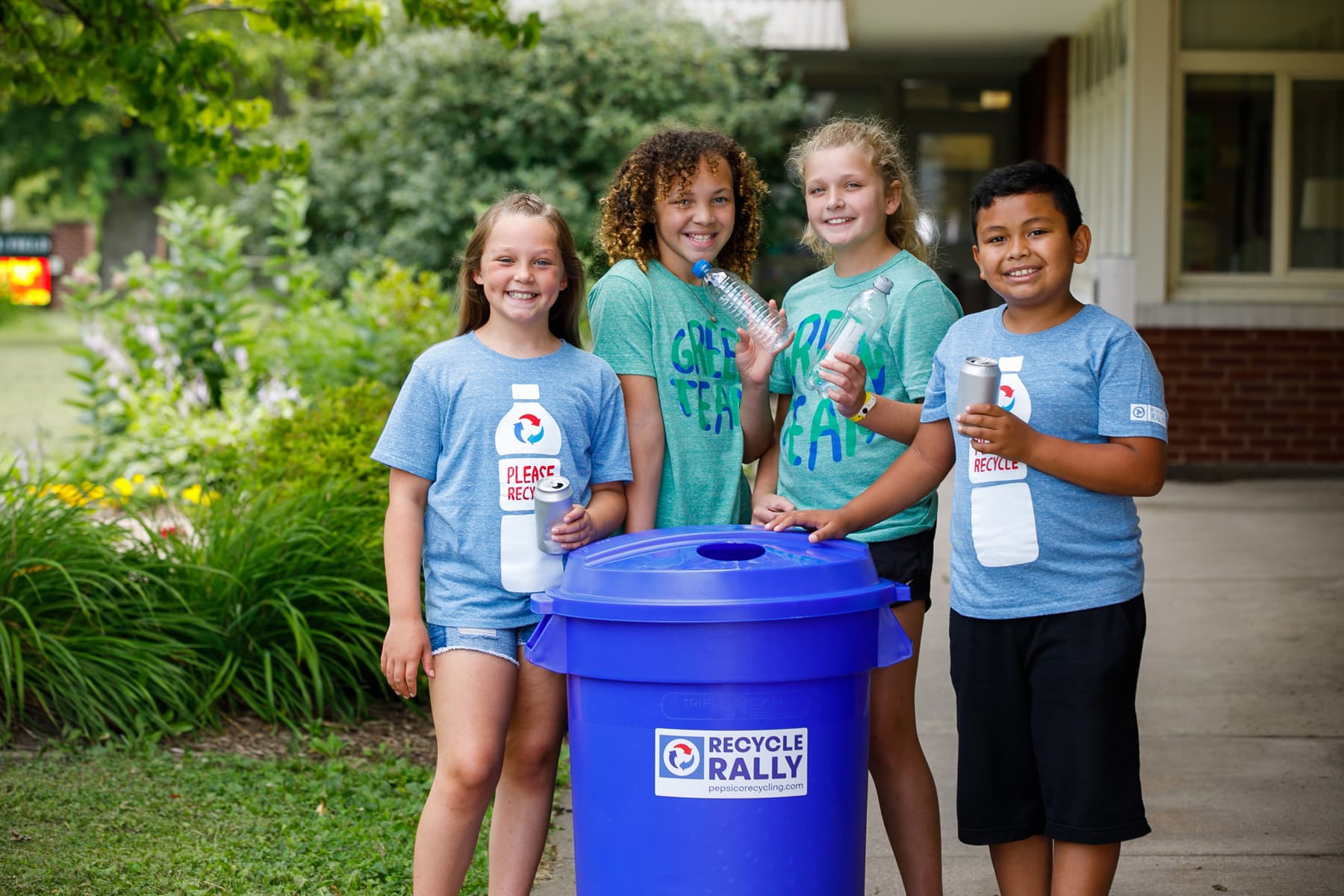Here's What Zero Waste Schools are Doing
These practical ideas can help you get there too!

A typical school makes a lot of waste. Behind many schools, you can find paper, plastic bags, discarded cafeteria food, milk cartons, and paper towels. Some schools are changing this pattern by choosing to become zero waste schools. A zero waste school is one where the school switches its focus from managing waste to managing resources. Some schools are already doing this, and here’s how they manage:
Teachers at zero waste schools start by making practical changes in the classroom
From coast to coast, zero waste schools like New York City Public Schools, Wilton Public Schools, and Oceanside Unified School District are emerging. They are making practical changes to reduce waste and promote sustainability. Here are five ways teachers are making a difference right in their own classrooms:

1. Teachers are reducing paper waste.
Zero waste schools implement initiatives, such as those adopted by Virginia’s King County Green Schools Program, to reduce paper waste by saving leftover classroom supplies. Keeping gently used binders, markers, scissors, and pieces of scrap paper can help offset what’s needed for the next school year.
2. Some teachers are exploring environmental topics.
Knowledge is power, and teaching the leaders of tomorrow about how to protect our Earth has never been more important. Through engaging lessons, activities, and projects, zero waste schools encourage students to take on more of an active role by helping them understand why it’s so important to take action!

3. Many teachers are planning eco-friendly field trips.
Organizations such as Austin Resource Recovery work with schools to provide lessons and field trips to support sustainability campaigns and raise awareness. These enriching experiences provide students with the opportunity to learn more about their impact on the environment both locally and globally.
4. Teachers are turning off the lights more often.
Teachers in zero waste schools, like Growing Up Green Charter Schools (GUGCS), find ways to conserve energy. Students learn energy-saving behaviors, such as turning off lights and computers when not in use, as part of the curriculum.
5. Teachers are also performing waste audits with their students.
In Green Schools National Network’s Zero Waste Guide For Schools, it states that “day-to-day operations in a typical school require lots of resources, very little of which gets reused, reclaimed or recycled.” Green schools use waste audit forms to take inventory of what’s being thrown out.
Zero waste schools are reducing food and cafeteria waste
According to the U.S. Department of Agriculture (USDA), “K-12 schools have a special role in not only reducing, recovering, and recycling food waste on their premises but also in educating the next generation about the importance of food conservation and recovering wholesome excess food for donation to those less fortunate.” Cafeteria workers and students are working together to suggest and make changes like these:
1. Packing lunches in reusable containers.
Schools like Wilton Public Schools encourage students to bring lunches from home in reusable food and drink containers. Some zero waste schools also ask students to provide their own utensils and napkins. Crystal Springs Elementary School even shares tips on how to pack waste-free lunches during morning announcements.

2. Taking only what they need.
As the USDA explains, “The best way to tackle food waste is to make sure students consume what they take.” School nutrition staff are encouraged to involve students in decision-making when planning meals. Zero waste schools also make an effort to educate students on the impacts of wasted food.
3. Turning food scraps into compost.
Many zero waste schools have turned to composting as an eco-friendly way of dealing with food waste. In fact, at the Department of General Services in Washington, DC, they’ve even created guides for sorting food in the cafeteria and creating classroom worm bins.
4. Growing school gardens.
There are so many reasons to grow a school garden. They offer an opportunity to highlight nutrition while teaching kids how to grow and cook their own food. Zero waste schools even use the compost from their classroom and cafeteria food scraps to enrich the soil!

Check out what Maplewood Richmond Heights School District has implemented: a seed-to-table program where the “focus is on nature, life cycles, and nutrition, [while] students are immersed in health literacy throughout the garden curriculum.” Meanwhile, this cool program, GrowNYC, supports local schools in a variety of ways, including rejuvenating school gardens in all five boroughs, technical assistance, and school garden grants.
Schools that go zero waste are refreshing their recycling programs
Most schools have a recycling program, which already helps make a positive impact on the environment. Zero waste schools take these efforts to the next level. It may seem like a lot of extra work, but the benefits are worth it.

Boston Public Schools has outlined some of the reasons why recycling and committing to being a zero waste school is important. Schools can save a lot of money on trash collection by recycling. Zero waste school programs also mitigate clutter, create hands-on learning and engagement opportunities for students and staff, and encourage us to take responsibility for our schools.
Schools can refresh their recycling programs by:
- Committing to reduce and reuse first and then focus on recycling.
- Evaluating how well they adhere to recycling rules and find ways to do better.
- Reviewing the options for recycling pickup in their area.
- Setting goals for increasing their recycling rate.
- Including the cafeteria in their school’s recycling program.
- Researching school programs that teach how to recycle just about anything.
Great programs and leadership provide a roadmap for schools starting the zero waste journey!
Zero waste clubs are being created in schools
Creating zero waste schools takes time and effort, and it won’t happen without organization and coordination. To make this goal a reality, schools can start a green team or zero waste club. Students and staff can take on duties and responsibilities, create agendas, and hold regular meetings to exchange ideas and fine-tune processes.

School administrators and parents can get involved through educational pep rallies, petitions, and after-school events, including cleanup efforts, gardening, and more.
Schools don’t become zero waste overnight. Setting small, reasonable goals will pay off over time — it’s worth it!
Learn More

Recycle Rally
Recycle Rally is a free K-12 program that provides rewards and tools to help enhance recycling at your school!
Explore now
Additional Resources
Our comprehensive library of resources was designed to inspire the next generation of green leaders.
Explore now
